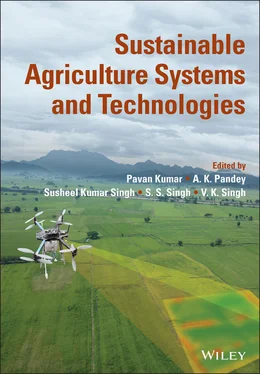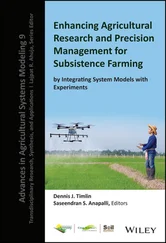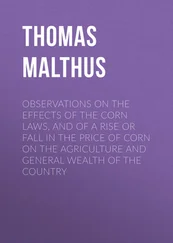Sustainable Agriculture Systems and Technologies
Здесь есть возможность читать онлайн «Sustainable Agriculture Systems and Technologies» — ознакомительный отрывок электронной книги совершенно бесплатно, а после прочтения отрывка купить полную версию. В некоторых случаях можно слушать аудио, скачать через торрент в формате fb2 и присутствует краткое содержание. Жанр: unrecognised, на английском языке. Описание произведения, (предисловие) а так же отзывы посетителей доступны на портале библиотеки ЛибКат.
- Название:Sustainable Agriculture Systems and Technologies
- Автор:
- Жанр:
- Год:неизвестен
- ISBN:нет данных
- Рейтинг книги:5 / 5. Голосов: 1
-
Избранное:Добавить в избранное
- Отзывы:
-
Ваша оценка:
- 100
- 1
- 2
- 3
- 4
- 5
Sustainable Agriculture Systems and Technologies: краткое содержание, описание и аннотация
Предлагаем к чтению аннотацию, описание, краткое содержание или предисловие (зависит от того, что написал сам автор книги «Sustainable Agriculture Systems and Technologies»). Если вы не нашли необходимую информацию о книге — напишите в комментариях, мы постараемся отыскать её.
A robust treatment of traditional and new techniques in sustainable agriculture Sustainable Agriculture Systems and Technologies,
Sustainable Agriculture Systems and Technologies
Sustainable Agriculture Systems and Technologies — читать онлайн ознакомительный отрывок
Ниже представлен текст книги, разбитый по страницам. Система сохранения места последней прочитанной страницы, позволяет с удобством читать онлайн бесплатно книгу «Sustainable Agriculture Systems and Technologies», без необходимости каждый раз заново искать на чём Вы остановились. Поставьте закладку, и сможете в любой момент перейти на страницу, на которой закончили чтение.
Интервал:
Закладка:
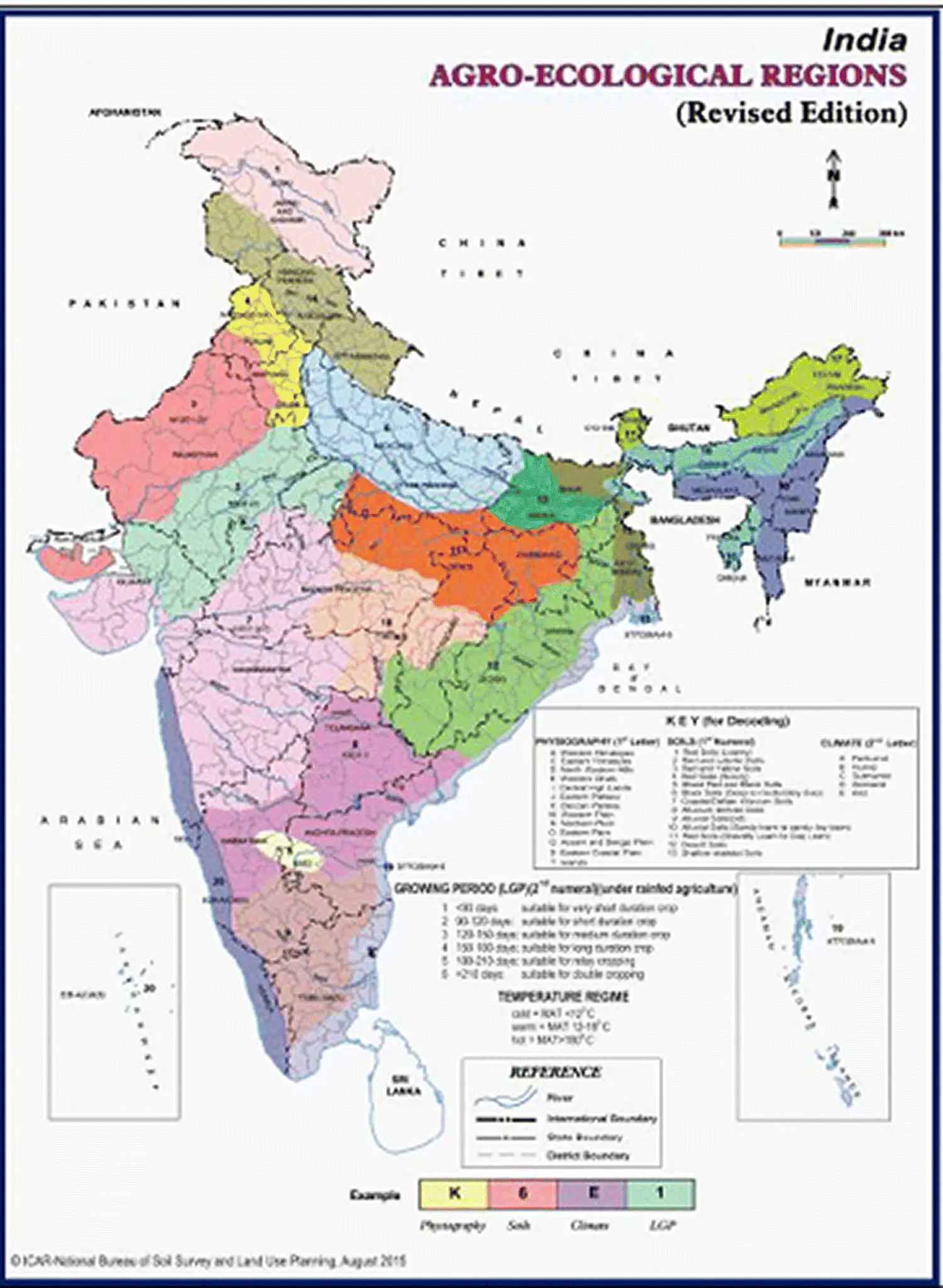
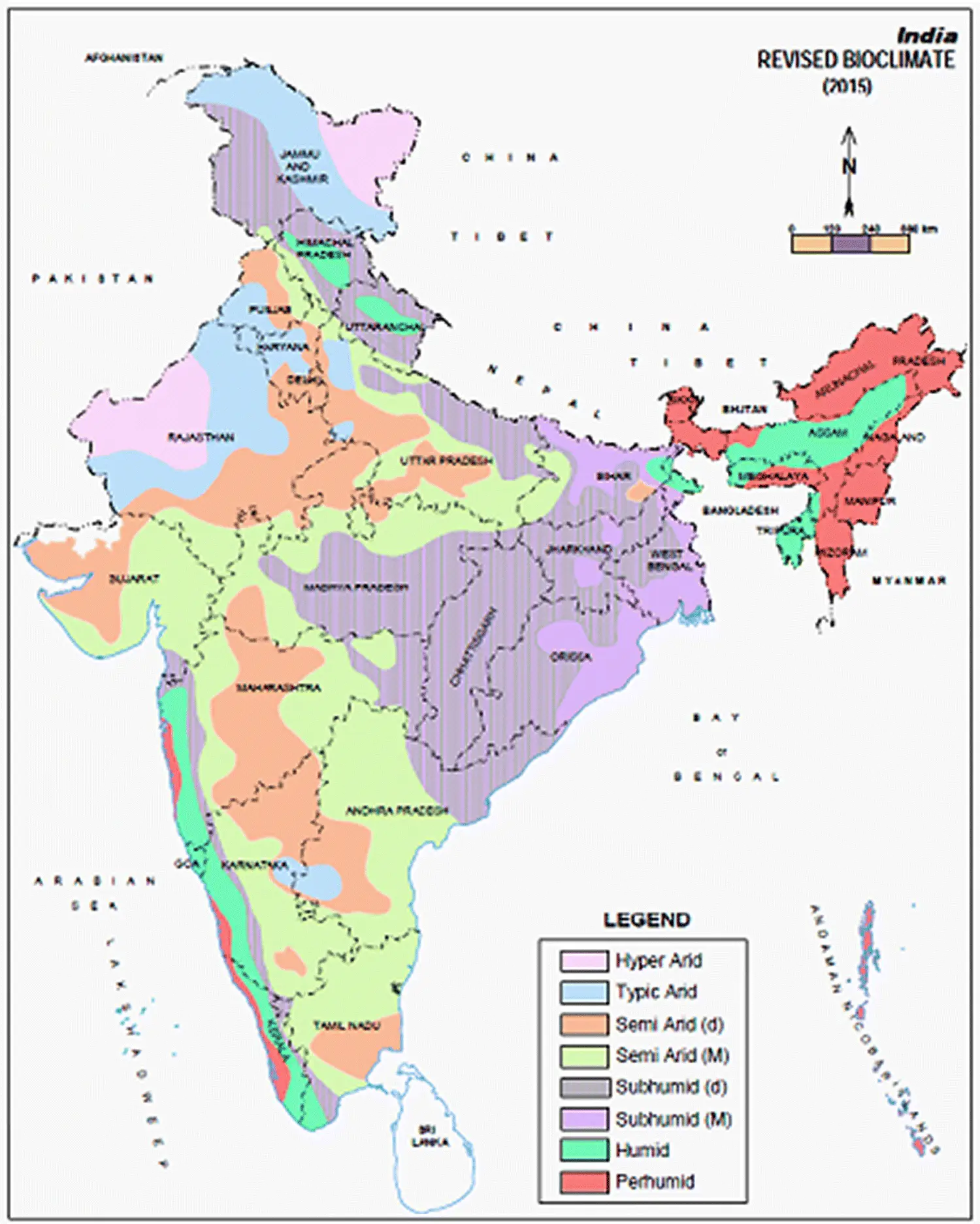
Figure 2.3 Agro‐ecological regions map of the country (2015) and revised Bio‐climates of India (2015) (e‐Publication: ICAR‐NBSS&LUP Technologies). ( See insert for color representation of the figure .)
2.7.1 Diversification with Oilseed Crops
At present, there are around 25 Mha area under oilseed crops with 37 MT of total production, even this is not sufficient to meet domestic oil requirement, hence India is importing around 15 MT of edible oils from abroad. On the other hand, there exists enormous potential to expand oilseeds area in the country and crop diversification with oilseed crops is one of such options. And it is hugely possible in irrigated IGP regions through crop intensification, where number of computable crops are grown either in sequential or intercropping systems. There are crops which act as complementary to each other when grown together, like growing legumes with cereals, through positive allopathic effect (mustard + wheat, mustard + potato, etc.) and in tier/multistoreyed system. This type of crop combination needs to be identified and promoted for achieving desired results. The selection of crops in crop diversification depends upon many factors like available resources, prevailing weather conditions, market demand, ease of doing cultivation, and overall high productivity and profitability from the possible combinations. The established possible combination is enlisted below ( Tables 2.1and 2.2).
Inclusion of oilseed crop, Indian mustard with early maturing short duration varieties like PM 28 and PM 26 in maize (fodder)‐mustard‐late wheat system restyled n higher system productivity and also the profitability ( Table 2.3). Maximum system productivity (49.9 t/ha) and system net return (Rs. 1.45 lakhs) were obtained from M‐M(PM28)‐late wheat (HD 3118) Maize‐mustard (PM28)‐late wheat (HD 3118) system.
Table 2.1 Crop diversification options with oilseed crops.
Source : Modified from Palaniappan and Jeyabal 2002.
| Crop | Area suggested for diversification |
|---|---|
| Rapeseed‐mustard | The short duration, terminal heat resistant varieties like PM 25, PM 26, and PM 28 As a substitute of meager productive rainfed wheat In diara tract in northern and eastern India A very good intercrop has positive allopathic effect on associated crops. |
| Groundnut | The short duration varieties can be introduced in many low rainfall areas during kharif season and as summer crop in the areas of adequate irrigation facilities. As a substitute crop for minor millets in Bihar, Jharkhand, West Bengal, and Orissa Substitute rice–groundnut with rice–rice system to prevent buildup of pests and diseases |
| Soybean | As a replacement crop for low yielding upland rice, minor millets growing areas of in Bihar, Jharkhand, and Orissa As a complementary rotational crop in pest endemic areas of rainfed cotton. In nontraditional areas of North‐Eastern Hill sunder agripastoral or agri‐silvicultural Diverting some kharif cereal area to soybean in situations of water scarcity and to restore soil health in North India. |
| Sunflower | As are placement crop for low yielding wheat, cotton, chickpea, sorghum crops under black cotton soils in peninsular India. As a spring crop in Northern India after harvest of rabi season crops. |
| Sesame | The short duration cv are good for raising as kharif crops in many areas. Also as a summer crop in central peninsular and Eastern India where only limited irrigation is available. |
| Castor | This is a nonedible but commercially very important crop and can be grown as substitute crop of cotton in Rajasthan and as bund crop in all regions. |
Table 2.2 The diversification of traditional crop base with annual oilseed crop.
Source : Reddy and Suresh 2006.
| Prevailing crop | Suggested crop | Region |
|---|---|---|
| Rice fallow | Rapeseed‐mustard, soybean, and sesame | Eastern part of the country, Cauvery deltaic areas of Tamil Nadu and Coastal Andhra Pradesh |
| Upland rice | Groundnut (Kharif), soybean, and sunflower | Upland rice areas of Orissa, Tamil Nadu, Bihar, and A.P. |
| Cotton | Safflower and sunflower | Karnataka and adjoining areas of A.P. |
| Chickpea, dryland wheat, and coriander | Safflower (sole crop) | A.P. (rabi), Karnataka, Maharashtra, part of M.P. (Malwa region) |
| Linseed and barley | Safflower (sole crop) | South eastern Rajasthan (Udaipur) |
Table 2.3 System productivity and economics of maize‐based diversification system.
Source : Data from Rathore et al. 2020.
| Cropping systems | System productivity, kg/ha | WEY, kg/ha | Production efficiency, kg/ha/day | System NR, Rs./ha | System profitability, Rs./ha/day | SP | WEY |
|---|---|---|---|---|---|---|---|
| Maize‐wheat | 46556c | 9179d | 211.6a | 42.2a | 118027d | 536.4a | |
| Maize‐mustard (PM26)‐late wheat (HD 3118) | 48901b | 11834b | 168.6c | 50.6b | 137478b | 474.0c | |
| Maize‐mustard (PM28)‐late wheat (HD 3118) | 49922a | 12252a | 172.1b | 51.9b | 144996a | 499.9b | |
| Zn levels | |||||||
| Control | 44881.5c | 10332d | 166.5d | 46.4a | 117975d | 435.4d | |
| Zn 2.5 | 48810.8b | 10828c | 180.9c | 46.8ab | 126037c | 465.9c | |
| Zn 5.0 | 49570.4b | 11622b | 183.9b | 49.7b | 141019b | 520.5b |
System productivity of maize (fodder)‐early mustard (PM 28)‐late wheat (HD 3118) was recorded maximum with higher net return and B : C ratio. Similarly higher system productivity and profitability were recorded under 5.0 kg Zn application during kharif season crop in a calendar crop year.
2.7.2 Diversification with Pulse‐Based Cropping Systems in Different Agroclimatic Zones
Legumes are the crops very vital for a successful crop diversification plan of any area. These crops through, biological N fixation, maintain optimum soil health and good soil fertility. An ideal crop diversification plan must include leguminous crops either as sequence cropping or intercropping. Recognizing the importance of pulses for meeting dietary requirements of vast vegetarian population on one hand and their role in improving soil health and conserving natural resources on the other, the efforts were made to develop high yielding, short duration and disease resistant varieties of different pulse crops which can help in diversification and intensification of popular cropping systems. The development of short duration, disease‐resistant and high yielding varieties in the recent past made these crops a viable alternative to low yielding coarse cereals under rainfed conditions and also provided an opportunity for expansion in rice fallows and in double cropping systems. Due to the reasons of source of nutritious food, feed, and forage, pulses are an integral part of subsistence cropping system in large part of the country. The pulses are grown in almost all types of cropping systems as a sole crop, intercrop, catch crop, relay crop, cover crop, and green manure crop, etc., under sequential/mono‐cropping in different agroecological regions. Under dryland areas pulses are predominant due to their low water requirements. The development of short duration varieties of mungbean, urdbean, and pigeonpea has paved way for crop diversification and intensification in many parts of IGP zones ( Table 2.4).
Читать дальшеИнтервал:
Закладка:
Похожие книги на «Sustainable Agriculture Systems and Technologies»
Представляем Вашему вниманию похожие книги на «Sustainable Agriculture Systems and Technologies» списком для выбора. Мы отобрали схожую по названию и смыслу литературу в надежде предоставить читателям больше вариантов отыскать новые, интересные, ещё непрочитанные произведения.
Обсуждение, отзывы о книге «Sustainable Agriculture Systems and Technologies» и просто собственные мнения читателей. Оставьте ваши комментарии, напишите, что Вы думаете о произведении, его смысле или главных героях. Укажите что конкретно понравилось, а что нет, и почему Вы так считаете.
